Trust Busting
What destroys, breaks or busts trust? How do you repair broken trust?
Trust busters are behaviors that destroy trust, sabotage relationships and reduce the balance in the “trust account.”
There are two key categories of trust busters:
- Expectations that are broken or miscommunicated
Broken expectations occur when you give your word that you will do something and you don’t do it. Broken expectations result in broken trust. Organizations break trust with employees when the employees have expectations of lifetime employment or stable work and layoffs occur. Leaders break trust when they commit to one course of action and take a seemingly different path.
Miscommunicated expectations occur when someone believes that you gave your word and you don’t do what they think you should. We see this often in the stated values of an organization and the values that are practiced. For example, the wall says “Our People Are Our Most Important Asset.” Then the VP of Finance refuses to allow her Controller to go for surgery because the VP wants to go on vacation.
- Unfairness – whether it’s real or perceived
The human brain is always evaluating for fairness. Unfairness is a brain threat that creates an instant and automatic negative response. Perceived unfairness creates an environment in which neither trust nor collaboration can flourish.
When undergoing change, there is a significant risk of these trust busters. Too often, communication is emphasized during change as an antidote to trust busting. Leaders believe that if they “communicate better” they would overcome all the trust busters. The problem arises when actions don’t align with the words of the communication.
To prevent these trust busters from sabotaging your work and relationships, there are several things you can do.
Set expectations and ensure that your actions align with those expectations. Be clear about what you say and make sure everyone has the same understanding.
Reduce perceived unfairness by increasing the level of awareness and contextual understanding about decisions you make and actions you take. Have conversations rather than presentations to increase understanding.
Beware of trust busters and be prepared to address them or you risk raising the cost of your change and the time it takes to get something done.

